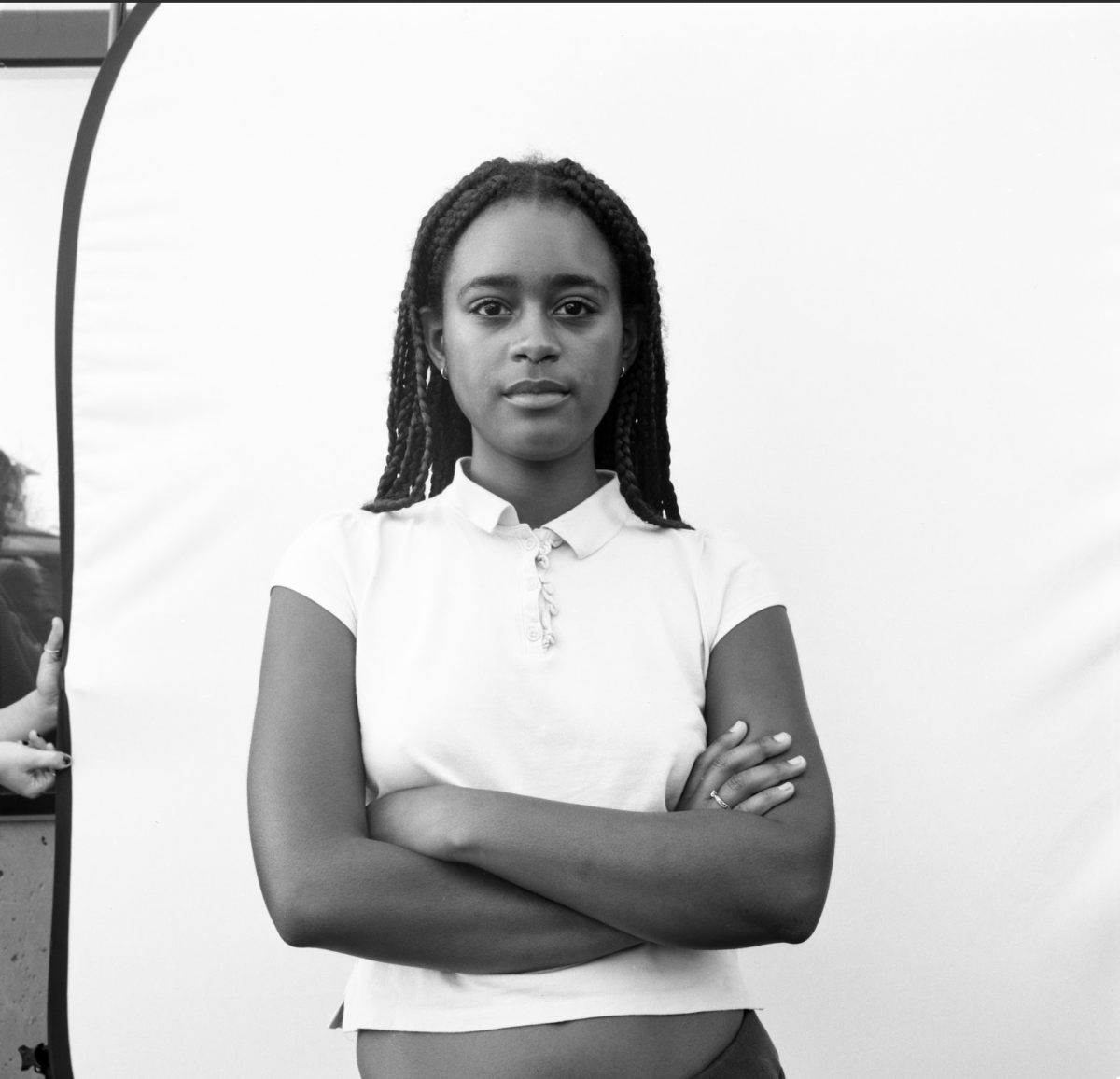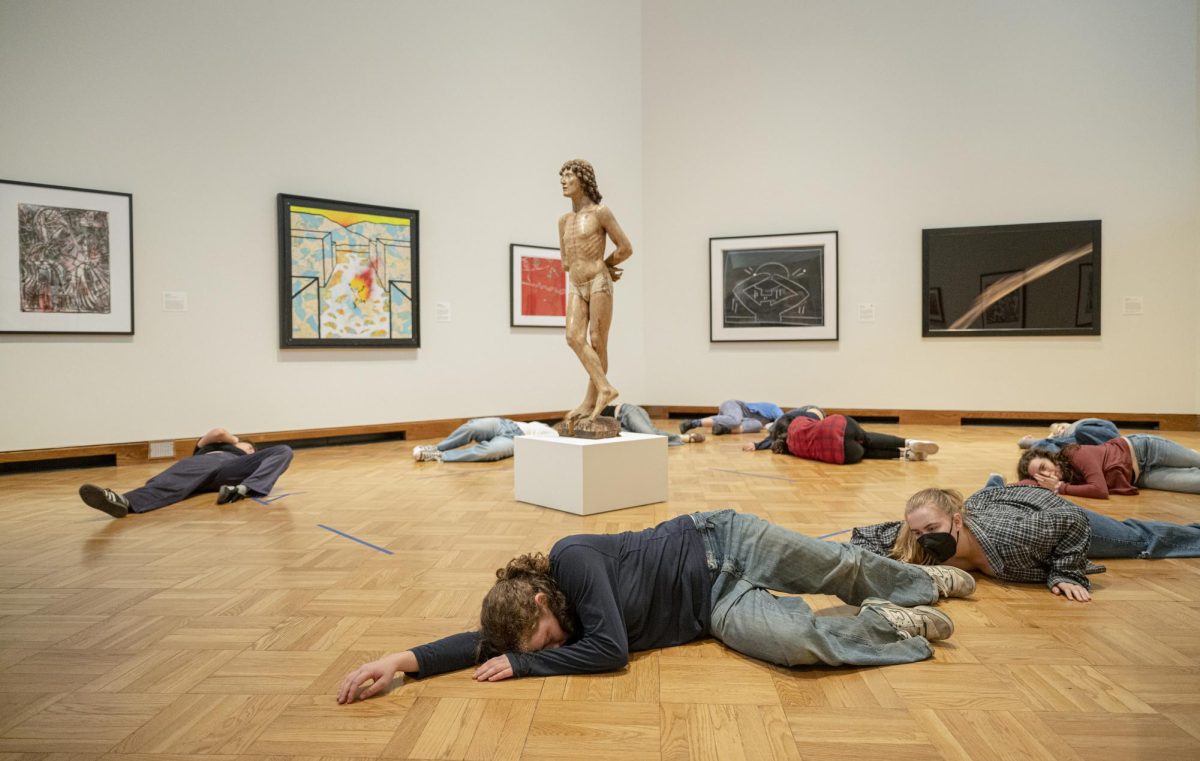On Sept. 27, Oberlin College Libraries will present two opportunities to discover phantasmagoria, a form of horror theatre using magic lanterns to project images. The show will guide viewers back in time to the Victorian era and before.
Three people have been crucial to put this show into motion. Visual Resources Collection Curator Heath Patten brings his knowledge of the Oberlin College Libraries’ collection of magic lanterns, Conservatory third-year Fae Ordaz offers a folky voice for storytelling, and College third-year Luke McCann lends a helping hand.
“[What’s] been the coolest as we figure this out [is that] it becomes a collaborative effort where whatever the final product looks like, it will be all of our efforts,” Patten said.
Ordaz, who has a background in jazz performance and TIMARA, contributed her knowledge of music to her performance of a Scottish folk song, titled “The Cruel Sister” or “The Wind and the Rain.”
“When Heath brought up this project, the first thing that popped into my mind was a song that I knew from a previous recital that I sang last year,” Ordaz said. “The song has stuck with me, so I thought this would be the perfect way to bring this song into a really physical and tangible project.”
This upcoming show has been in the works for about a year, and the creators are excited about the history going into this uniquely eerie show as well as its future at Oberlin.
“I started playing around with [the idea of this show] when we had a professor say, ‘It’d be neat if you could do that type of thing [regarding magic lanterns in a performance],’” Patten said. “I’ve always been interested in projection, so now I’m like, how do we teach students storytelling? Your digital images, your social media, all those feeds and reels and all that, they have a history. They started somewhere. And so we’re kind of spinning back the clock in phantasmagoria because of the season, it’s timely.”
Given the history that this storytelling method entails, the experience is expected to send a shiver down your spine as we rapidly approach October and Halloween season.
“Phantasmagoria appeared in the 17th century,” Patten said. “There’s evidence of it going back a lot earlier, possibly to ancient Egypt [and] ancient Greece. They really were necromancy shows, literally calling the dead forward.”
Not only will this show wind back in the clock in a fascinating way, it will also showcase the OCL’s collection.
“The important thing is that this is a library collection,” Patten said. “[It’s] one more way that the library is trying to serve [the] campus and [the] community by highlighting our collections and making them discoverable. If students get inspired, this could possibly lead to research.”
In shifting viewers’ minds back a couple hundred years, the OCL Digital Lab will surely entrance all who come. However, those attending the show must distance themselves from the media of the 21st century in order to fully appreciate it.
“I think to get something out of it, you really have to take your mind out of our current world and go back a couple hundred years,” McCann said. “Imagine not having any sort of technology that we have today; putting yourself in a totally different world and seeing these things for the first time; seeing the projection of a skeleton rising out of the ground, or a demon on the wall like you’ve never seen anything like that before.”
If the audience can achieve the proper mindset necessary for viewing this performance, the creativity and collaboration that has gone into the production will shine its brightest.
“I think this is a really cool project and a nice way to bring in folktales and old technology with new audiences,” Ordaz said. “I think [they] will be really amazed by the complexity of these technologies.”












